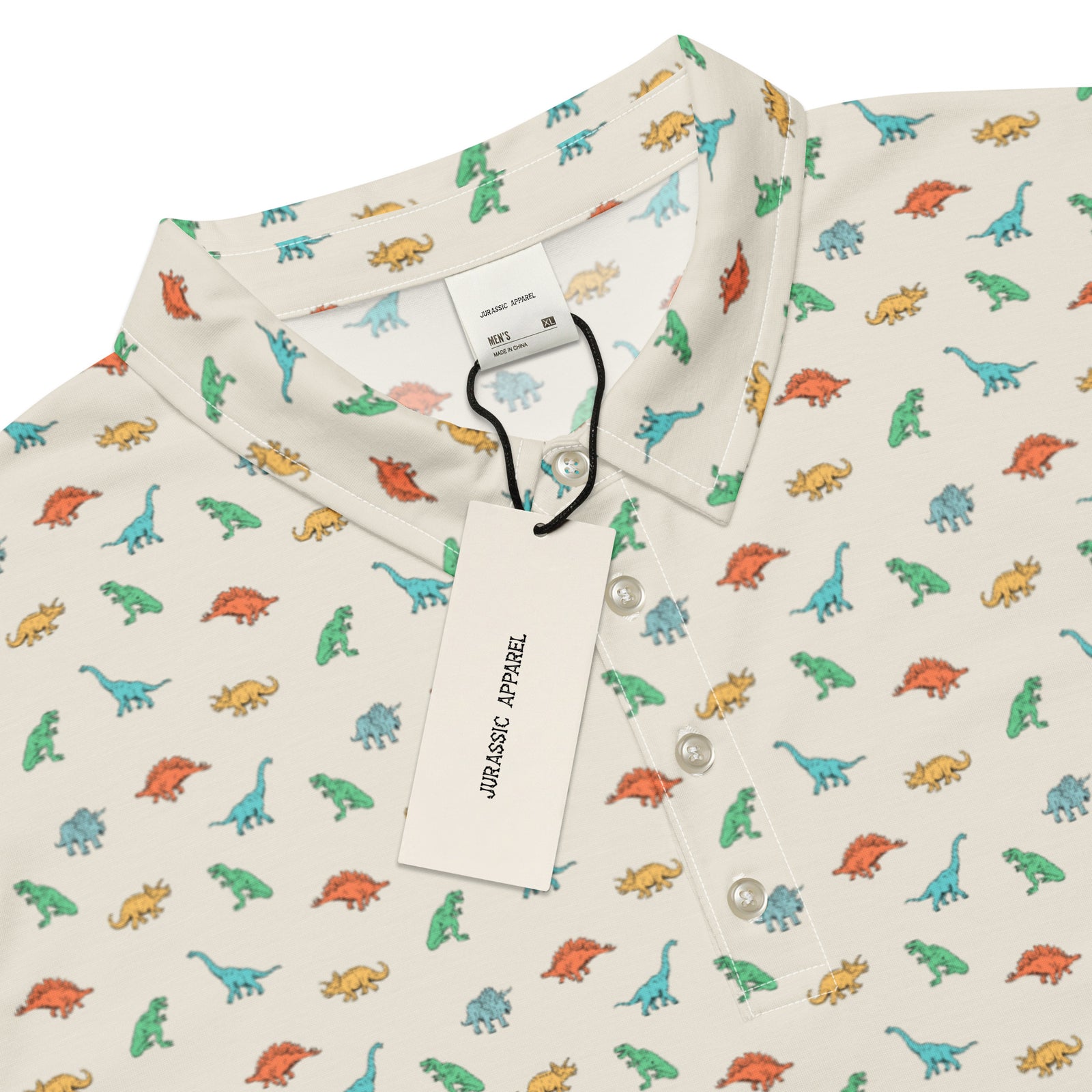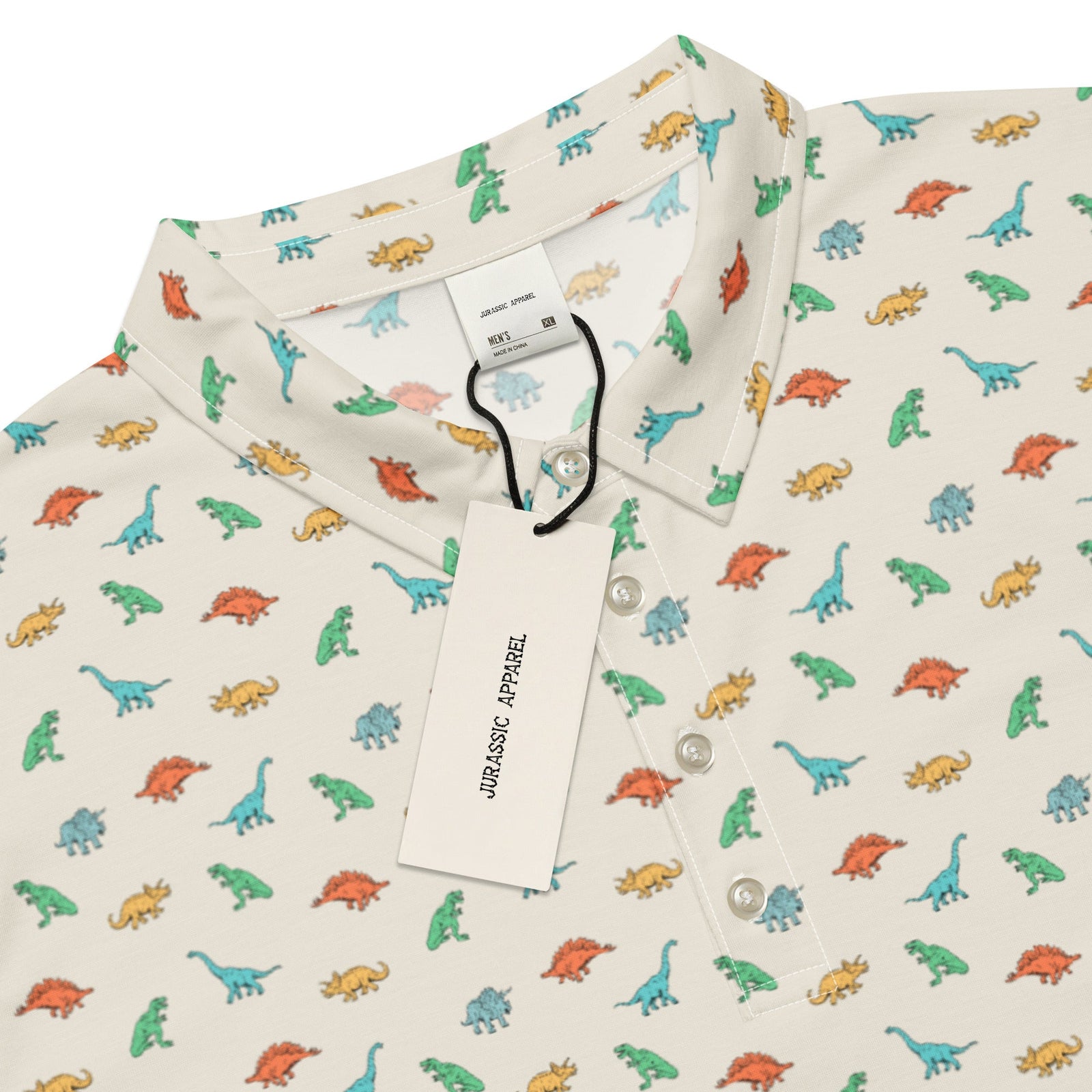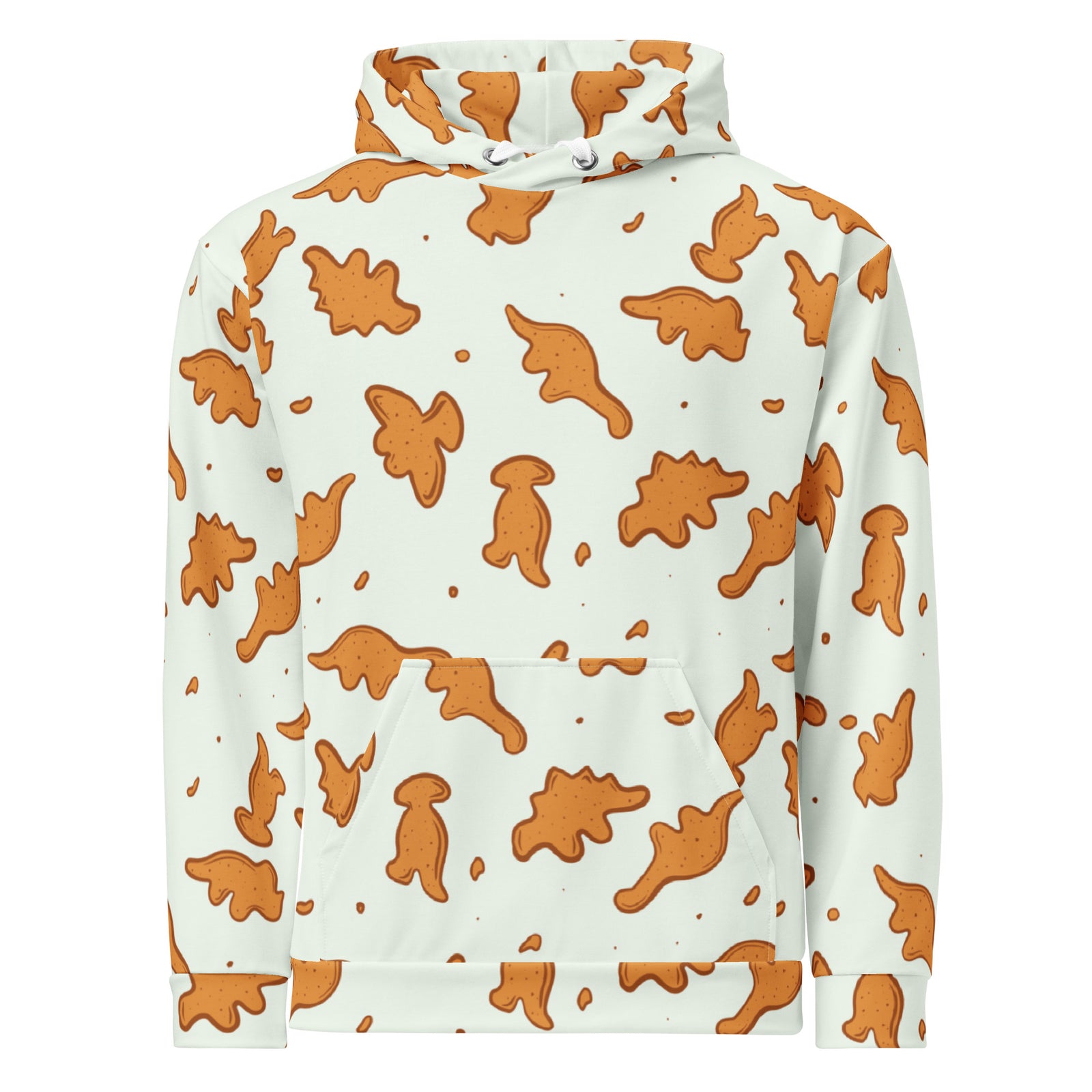Free Shipping On Orders over $75
Free Shipping On Orders over $75
Women's
Men's
Kids
Baby/Toddler
Accessories
Telmatosaurus
August 15, 2024 2 min read

(AI Interpretation)
Exploring Telmatosaurus: The Enigmatic Dinosaur
Dinosaur Facts:
- Dinosaur Type: Ornithopod
- Period: Late Cretaceous (about 70 million years ago)
- Diet: Herbivore
- Length: Approximately 6 meters (20 feet)
- Height: Roughly 1.8 meters (6 feet) at the hips
- Weight: Estimated 1,000 kg (2,200 lbs)
- Notable Features: Distinctive duck-billed snout, robust body, and elongated limbs
Telmatosaurus for Kids
Meet Telmatosaurus! Telmatosaurus, often referred to as the "marsh lizard," was a dinosaur from the Late Cretaceous period. It roamed the lush, wet landscapes of what is now Romania.
What did Telmatosaurus look like? This dinosaur had a unique appearance, featuring a bird-like, flattened skull and a long, slender body. Its duck-billed mouth was perfect for munching on plants, contributing to its herbivorous diet.
What did Telmatosaurus eat? As a herbivore, Telmatosaurus primarily fed on soft vegetation, including leaves, fruits, and ferns. Its feeding habits were well-suited to the wet, marshy environment where it lived.
In-Depth Look at the Telmatosaurus
Anatomy and Physical Features Telmatosaurus showcased several distinctive physical traits. Its long legs helped it navigate through swampy terrain, and its beak-like jaws allowed it to efficiently strip leaves from plants. Its size and robust structure indicate it was a well-adapted creature, potentially able to escape from predators.
Behavior and Habitat The marshy habitats of Telmatosaurus were rich in plant life, providing ample nutrition. It likely lived in small herds for social interaction and protection against predators, much like some modern-day herbivores.
Scientific Discovery and Research Telmatosaurus fossils were first discovered in the late 20th century in Romania. Since then, several fossilized remains have been analyzed, giving scientists insight into its adaptability and environment. Research conducted by paleontologists has deepened our understanding of this species and its habitat.
Social Behavior and Defense Mechanisms While primarily herbivorous, Telmatosaurus would have had to be wary of larger predators such as Tarbosaurus and other theropods. Its social structure likely involved group dynamics for protection, similar to other Ornithopods.
Telmatosaurus in Popular Culture Telmatosaurus has made appearances in various documentaries and educational materials about dinosaurs. Its unique features and interesting lifestyle have made it a subject of fascination among dinosaur enthusiasts.
Ongoing Research and Discoveries Researchers continue to uncover more about Telmatosaurus through ongoing excavations and studies. Recent findings suggest that marsh environments played a significant role in its behavior and diet, revealing more about how these ancient creatures adapted to their landscapes.
Conclusion Telmatosaurus remains an intriguing subject in paleontology, providing insights into the diversity of herbivorous dinosaurs that thrived during the Late Cretaceous period. Ongoing research continues to reveal the complexities of its ecology and behavior, captivating the minds of both scientists and dinosaur enthusiasts alike.














